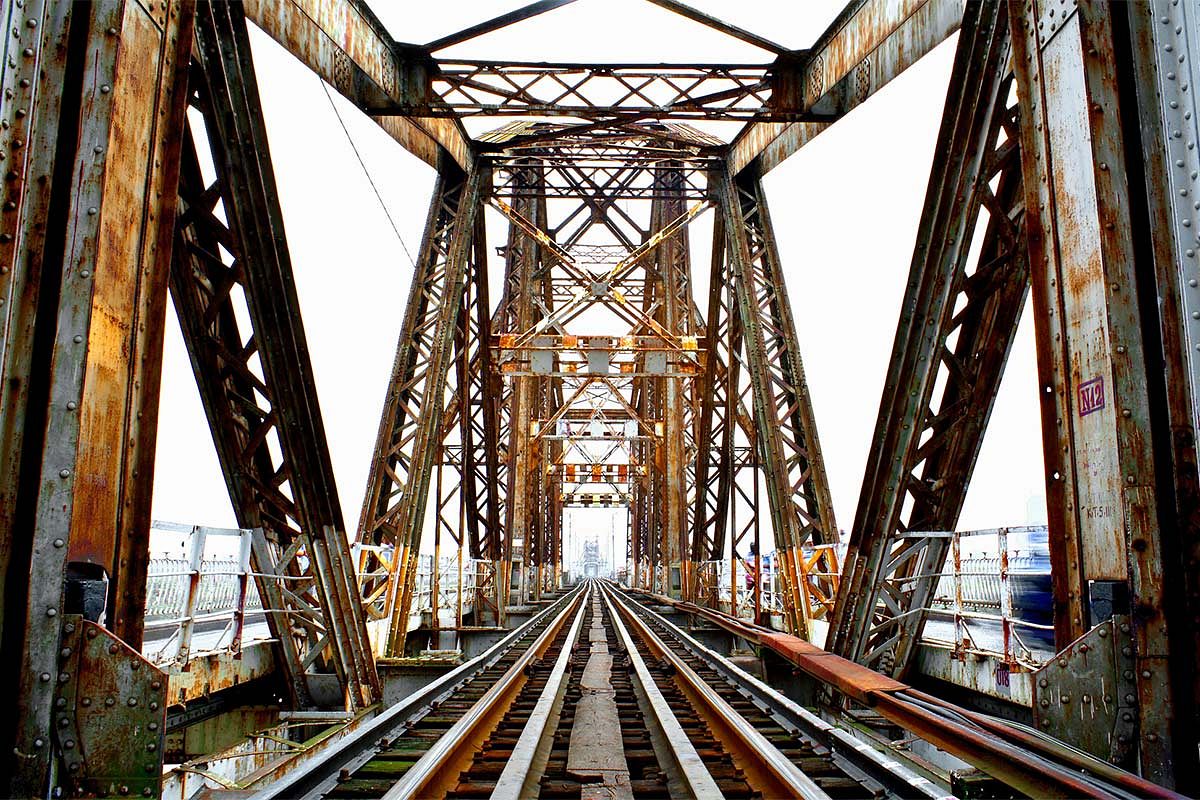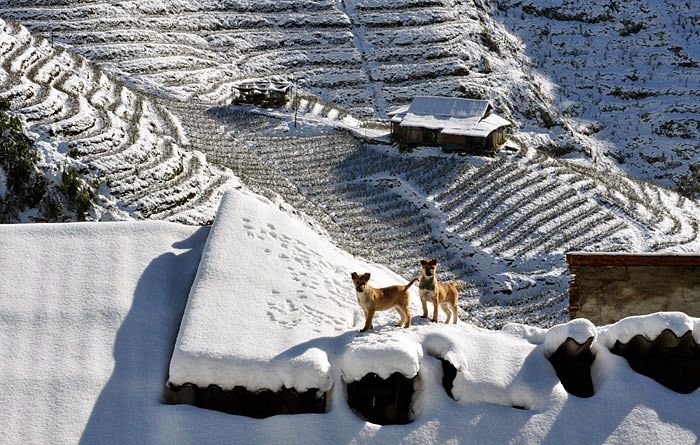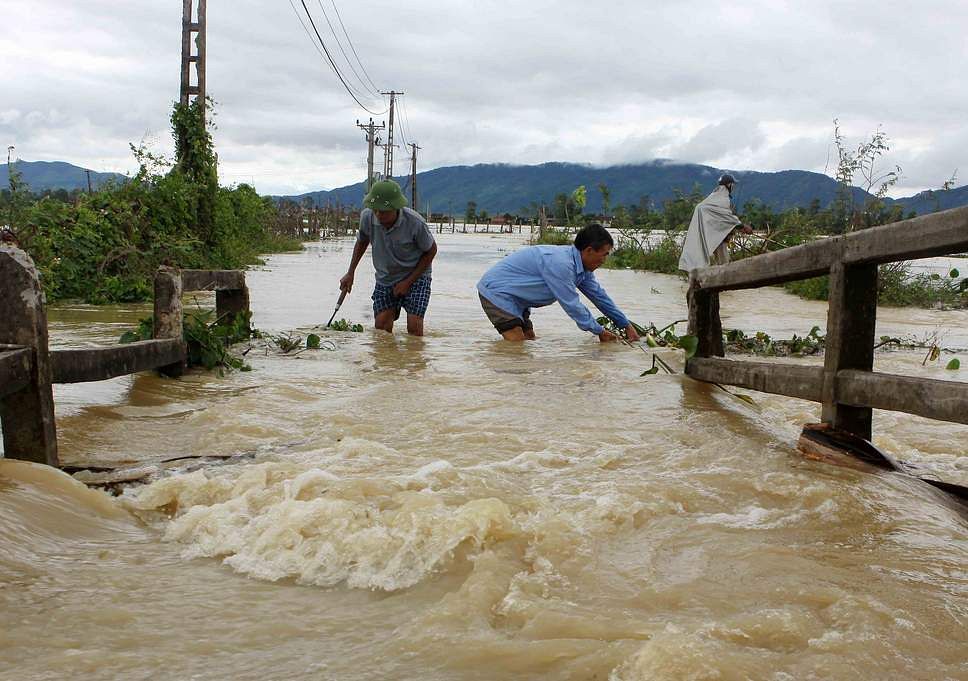Over the past two decades, northern Vietnam’s Red River has faced falling water levels, causing headaches for local farmers.
According to VietnamNet, in the last 20 years water levels have dropped as low as two meters in some sections of the Red River Delta, which is home to almost 1.1 million hectares of farmland and roughly 26 million people.
At a conference held in Hanoi last week, Deputy Director Ha Duc Trung of the Hanoi Department of Agriculture and Rural Development told experts and officials that the river’s old irrigation system was designed for higher water levels and is now struggling to function with less water.
In the past, the Ministry of Agriculture and Rural Development has collaborated with state-run electricity firm EVN to divert water from its hydropower reservoirs in order to serve 630,000 hectares of rice fields in 12 nearby localities, according to VietnamNet, however this is only a temporary solution.
As for the cause of the Red River’s falling water levels, experts point to heavy sand exploitation, which causes erosion along the river's banks and contributes to the sinking of the riverbed, reports the news outlet. An estimated 33 million cubic meters of sand is exploited from the Red River Delta each year, while low rainfall has also exacerbated the area's water problem.
Moving forward, Deputy Minister of Agriculture and Rural Development Hoang Van Thang has called upon the Vietnam Academy for Water Resources to provide solutions to the river’s falling water levels.
[Photo via VietnamNet]














